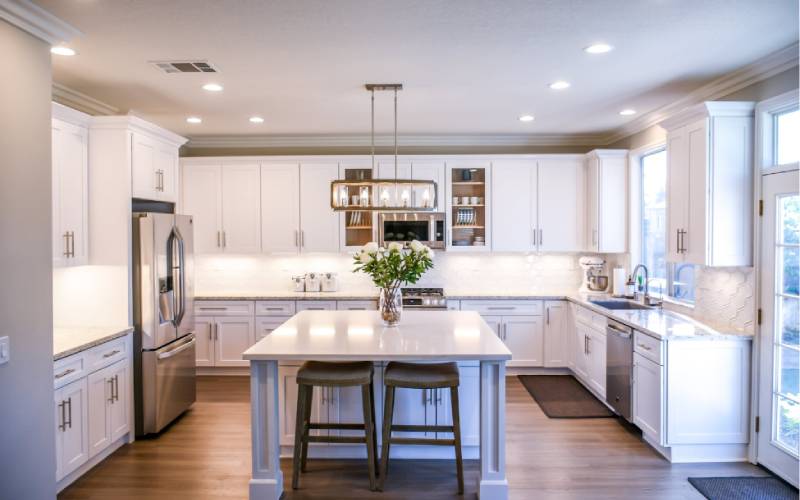
Water damage is a huge problem for homeowners. Would you know what to do if it happened to you? The answer for the majority of homeowners is no because, in reality, why would you? While water damage can be considered rare, it can happen almost out of nowhere, creating a stressful situation for all those involved.
In aid of this, here we explain what water damage is, how to assess the severity of the damage and outline the process of water damage restoration!
What Is Water Damage?
Water damage refers to several different issues that can be caused by water that finds its way into your home. This damage can manifest slowly by developing as water spots or by sudden flooding as a result of a burst water pipe or a natural disaster. Regardless of the cause, water damage can result in the rotting and de-lamination of furniture and flooring and in the worst-case scenario the rotting of steel.
While the damage can seem beyond repair, there are many techniques certified professionals can apply to limit the lasting effects of a flood. With the correct help and a little prior knowledge taken from this article, your home can be restored to its former glory!
How Can I Tell How Bad the Damage Is?
Water damage is usually distinguishable using a class system with lower numbers indicating minor damage, and higher numbers referring to more severe damage within your home.
Class 1: This indicates that minor damage has been inflicted by water that has entered your home.
Class 2: Some damage has occurred to items that are removable (like a bedroom carpet) with damage localized to minimal areas within your home.
Class 3: This is when water from above has resulted in severe damage to your walls, floors and any furniture found in specific rooms of your home. In this case, more intense techniques would be needed to remedy the situation. This may include the thorough drying of the materials within your home using specialist equipment.
Class 4: Again, this refers to severe damage caused by an influx of water. Materials low in permeability (poor ability to absorb water) like concrete, hardwood flooring, and plaster will need long periods of low humidity drying to rid them completely of water.
Establishing the level of damage to your home and belongings (using this classification system) is important when attempting to find the correct solution. This is not something you have to do yourself, though! Any specialist will be able to classify your water damage and come up with a plan of action within moments of assessing the situation.
So, How Can Water Damage Be Fixed?
Water damage restoration starts with accessing the damage done to your home using specialized equipment to determine the extent of the damage. Next comes the actual drying of the materials in your home and sanitization of the affected areas. Drying and dehumidifying equipment are left for several days to ensure successful drying.
It is recommended that only the best possible equipment is used for this process to ensure that even the deepest parts of your flooring are dried. This leaves you with the best possible finish and ensures that there are no adverse effects experienced in the future.

This drying process is monitored every 24 hours until your home is completely dry. Depending on the extent of the water damage, this should take no longer than a few days, restoring your home in no time. Almost as if a flood never happened!
Now You Know
Water damage caused by spontaneous flooding or a burst water pipe can be a frustrating situation for anyone to find themselves in! The key to handling this situation is to facilitate fast assessments of the damage by finding a specialist immediately. With the help of knowledgeable professionals and the best equipment, water damage will be a thing of the past!
